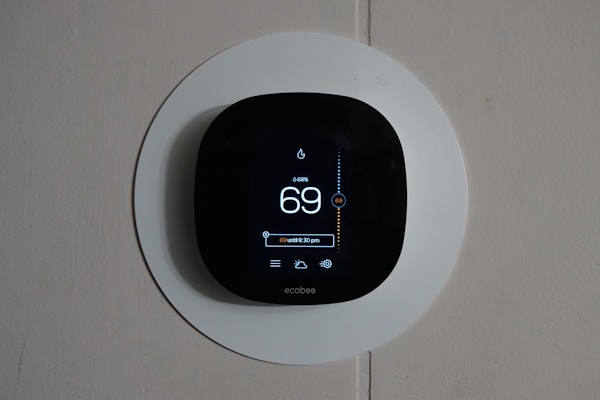There’s no doubt that renewable energy is the future of our world. They are instrumental in reducing carbon emissions, protecting the environment, and preserving non-renewable resources. The natural resources used to generate renewable energy, such as wind, solar, and geothermal power, are self-replenishing and endlessly available. Utilizing these resources can help to safeguard our environment and reduce our dependency on traditional energy sources, such as fossil fuels. However, many people don’t know much about renewable energy or how to use them. If you’re in need of more information, keep reading for a basic guide to renewable energy sources.
What do you need to know about renewable energy sources?

Solar power is one of the most widely used forms of renewable energy and it is becoming increasingly popular with homeowners. Many people don’t realize this, but using solar power is actually more accessible than you might think thanks to companies like CleanChoice Energy. While you can install your own solar panels, this can be prohibitively expensive for some people. There’s an easy way to obtain renewable electricity and that’s through using community solar farms. All you need to do is sign up, which can be more affordable and accessible for a majority of homeowners.
Geothermal energy is an incredibly versatile and powerful renewable energy source that has the potential to provide a significant portion of the world’s electricity needs. By capturing heat from beneath the earth’s surface, geothermal power plants are able to generate electricity without generating emissions or using fossil fuels. Geothermal plants can use hot water produced from underground reservoirs in order to generate steam used for generating electricity, or they can directly convert hot rock into electrical current by drilling wells deep into the Earth’s crust.
Wind power is another one of the most important and fastest-growing forms of renewable energy. It is generated by the motion of the air that moves across the Earth’s surface due to the uneven heating of the atmosphere by the sun. The energy is harnessed by appropriately designed wind turbines and converted into electrical energy, which can then be used by homes or businesses.
How else can you improve your home’s energy efficiency?

Now that you know more about renewable energy sources, let’s discuss some of the things you can do to improve your home’s energy efficiency. For example, you should think about upgrading to a smart thermostat. They can be programmed to automatically adjust the temperature based on your schedule and preferences, which can help you reduce your energy usage. Your thermostat can also provide you with valuable insights into your energy habits, so you can optimize your energy usage to be as eco-friendly as possible.
You should switch to using LED lightbulbs as well since they offer many advantages over traditional bulbs. LED bulbs have become increasingly popular in recent years due to their longevity, energy efficiency, and cost-effectiveness. In comparison to traditional incandescent bulbs, LED bulbs use up to 80 percent less energy and last up to 25 times longer. This means you will be saving money and protecting the environment. In addition to their long lifespan and energy efficiency, LED bulbs are also highly versatile in terms of their design and functionality.
The world is quickly moving away from fossil fuels for energy production, and renewable energy sources are becoming the go-to for many countries. With the push for clean energy continuing to accelerate, you need to understand the different renewable energy sources available. Ultimately, renewable energy plays a vital role in creating a cleaner and more sustainable future. Beyond utilizing renewable energy sources, you can also improve your home’s energy efficiency by taking steps like switching to LED bulbs and installing a smart thermostat. Follow these tips and you can create a pleasant and eco-friendly home environment.

